Chile California and Guajillo are two popular dried chiles used in Mexican cuisine, but they have distinct differences in heat, flavor, and best culinary applications. This guide breaks down everything you need to know to choose the right pepper for your recipes.
Table of Contents
- Heat Levels Compared
- Flavor Profiles: Taste Test
- Culinary Uses: Where Do They Shine?
- Visual Comparison Chart
- Buying Guide: How to Choose the Best
- Pro Tips for Using Chile California & Guajillo
- Frequently Asked Questions
- Conclusion: Key Takeaways
🔥 Heat Levels Compared: Chile California vs Guajillo
Let’s start with the basics — spiciness. When it comes to Scoville Heat Units (SHU), both chiles fall on the milder end of the spectrum, making them accessible to many palates without overwhelming heat.
| Chile Type | Scoville Heat Units (SHU) | Spice Level |
|---|---|---|
| Chile California | 500 - 2,500 SHU | Mild |
| Guajillo | 2,500 - 5,000 SHU | Moderate |
So if you're just starting out with Mexican spices or prefer subtle heat that doesn’t dominate the dish, go for Chile California. But if you enjoy a little kick that lingers, Guajillo might be more up your alley.
🌶️ Flavor Profiles: Taste Test Showdown
The real difference between these two peppers lies in their flavor profiles. Let’s break them down:
- Chile California: Mild and earthy with a slightly sweet undertone. It has a softer flavor profile, making it ideal for dishes where the spice shouldn’t overpower other ingredients.
- Guajillo: Tangy, fruity, and slightly smoky. Often described as having hints of green tea or cranberry, Guajillo adds complexity and depth to sauces and stews.
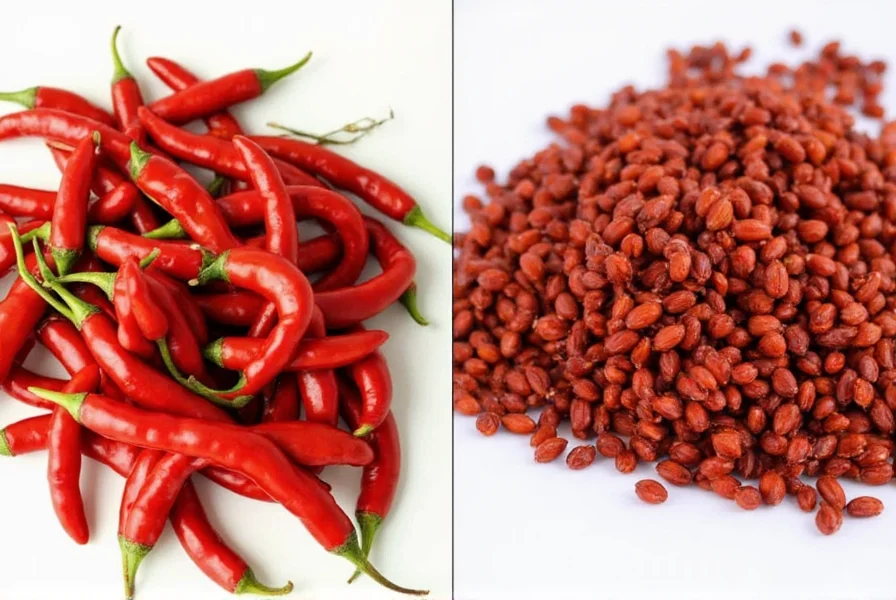
Think of It Like This:
- Chile California is like a smooth jazz song — comforting, easygoing, and versatile.
- Guajillo is more like a bold red wine — rich, complex, and perfect for pairing with deeper flavors.
🍽️ Culinary Uses: Where Do They Shine?
Both chiles are workhorses in Mexican cuisine, especially when it comes to making moles, salsas, marinades, and adobos. But each one has its preferred niche:
Best Dishes for Chile California:
- Salsas rojas (especially for mild versions)
- Red enchilada sauce
- Adobo marinades for chicken or pork
Best Dishes for Guajillo:
- Mole poblano (a classic ingredient)
- Chili Colorado
- Marinades for grilled meats
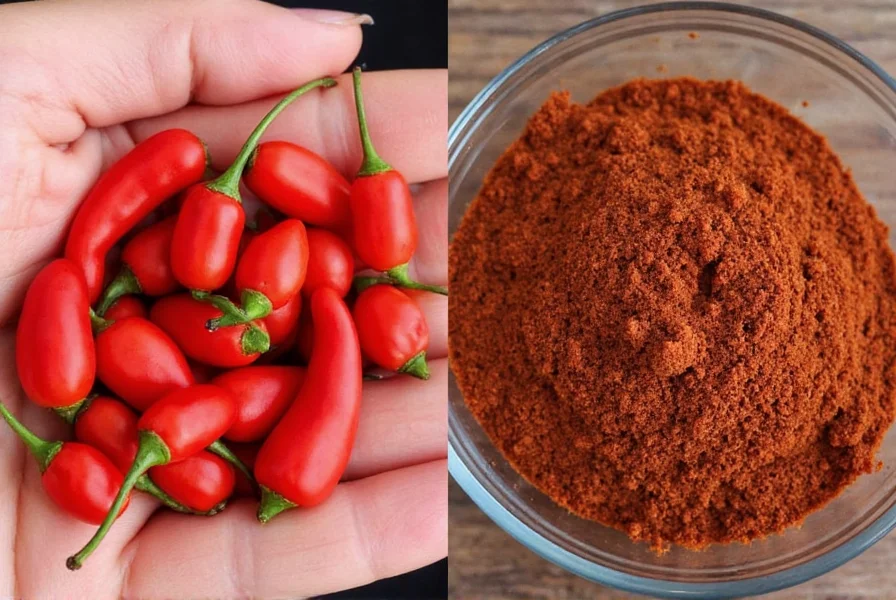
👀 Visual Comparison Chart
To help you tell them apart at a glance, here's a quick visual comparison:
| Feature | Chile California | Guajillo |
|---|---|---|
| Color | Bright red-orange | Deep reddish-brown |
| Shape | Long, narrow, and slightly curved | Long and flat, with visible veins |
| Texture | Smooth and flexible | Drier, crispier, papery texture |
| Size | About 4–6 inches long | About 4–5 inches long |
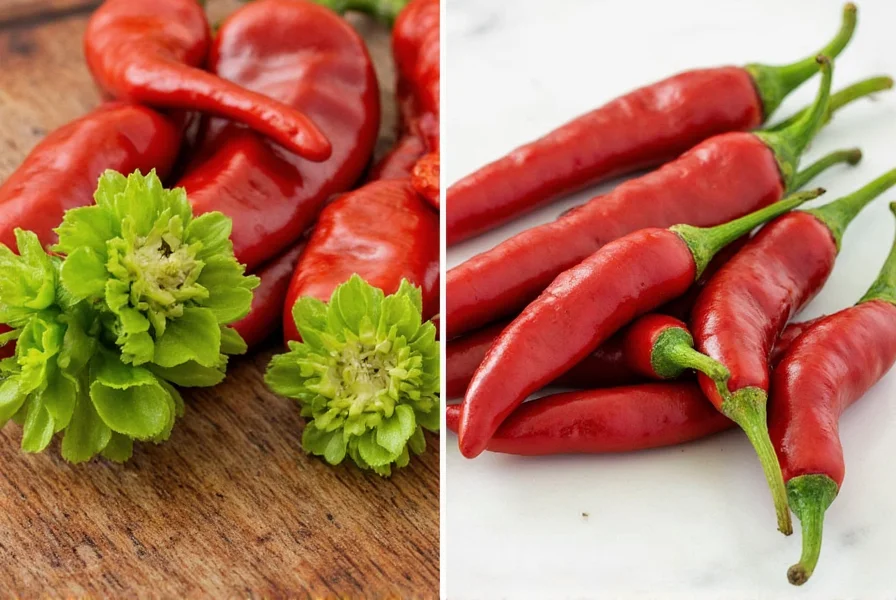
🛒 Buying Guide: How to Choose the Best
When shopping for either of these dried chiles, keep the following tips in mind:
What to Look For:
- Firmness: The chiles should feel pliable but not brittle.
- Color: Bright red for California; deep reddish-brown for Guajillo.
- Smell: Fresh and aromatic, not musty or stale.
Where to Buy:
- Local Latin markets
- Supermarkets with international sections
- Online specialty stores
Storage Tips:
- Store in an airtight container away from light and moisture.
- Keep in the pantry for up to 6 months, or freeze for longer shelf life.
🍳 Pro Tips for Using Chile California & Guajillo
Ready to put these peppers to work? Here are some chef-recommended tips:
For Chile California:
- Toast lightly in a dry skillet before soaking to enhance flavor.
- Use whole or ground into powder for seasoning blends.
- Pair with garlic, cumin, and oregano for traditional Mexican rubs.
For Guajillo:
- Remove seeds and veins to reduce heat intensity.
- Soak in hot water for 15–20 minutes before blending into sauces.
- Add a pinch of vinegar or citrus to brighten the flavor profile.
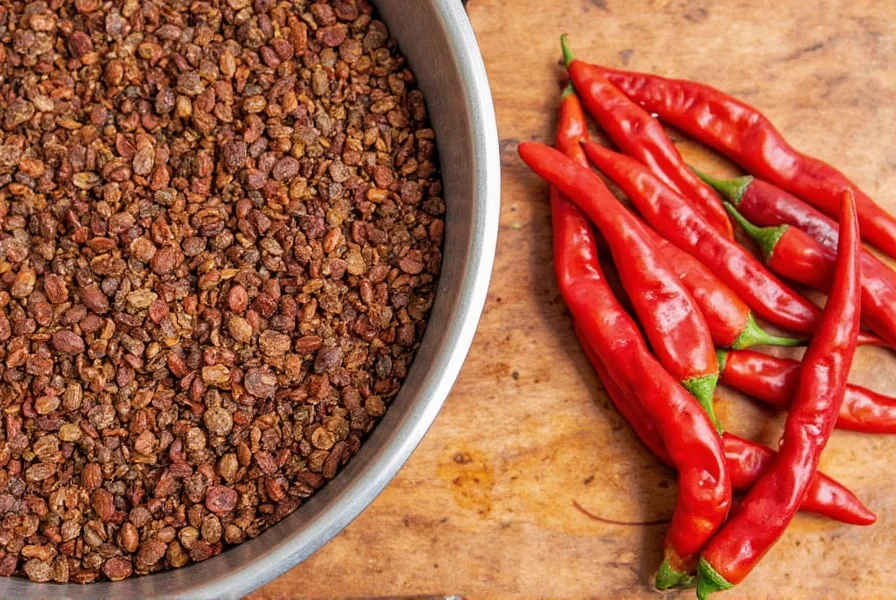
Pro Tip:
Never use plastic bags to store soaked chiles — they trap moisture and encourage mold. Instead, pat them dry and store in sealed containers in the fridge or freezer.
❓ Frequently Asked Questions
Can I substitute Chile California for Guajillo in recipes?
Yes, but with caveats. Chile California is milder and sweeter, so use 1.5x the amount of California if replacing Guajillo. For dishes requiring Guajillo's tangy complexity like mole, add a splash of vinegar to compensate for flavor differences.
Which chile is hotter, California or Guajillo?
Guajillo is consistently hotter (2,500-5,000 SHU) compared to Chile California (500-2,500 SHU). If you're sensitive to heat, California is the safer choice for mild dishes.
Are Chile California and Anaheim peppers the same?
Essentially yes. Chile California is the dried form of the fresh Anaheim pepper. They share identical flavor profiles but differ in moisture content and intensity.
How long do dried chiles stay fresh?
Properly stored in airtight containers away from light, they maintain peak quality for 6 months in the pantry or up to 1 year in the freezer. Always check for musty smells or brittleness before use.
What's the best way to rehydrate these chiles?
Toast briefly in a dry skillet first, then submerge in hot (not boiling) water for 15-20 minutes. For Guajillo, remove seeds beforehand to prevent bitterness. Never use microwave rehydration as it dulls flavors.
Can I use both chiles together in a recipe?
Absolutely! Many traditional Mexican sauces combine them for balanced heat and complexity. Try a 2:1 ratio of California to Guajillo for layered flavor without overwhelming spice.
🎉 Conclusion: Key Takeaways
Understanding the differences between Chile California and Guajillo empowers you to make informed choices for your cooking:
- Chile California delivers mild, sweet heat perfect for salsas, enchilada sauces, and delicate dishes where subtlety matters.
- Guajillo provides deeper, tangy complexity ideal for mole poblano, chili colorado, and grilled meat marinades where robust flavor is desired.
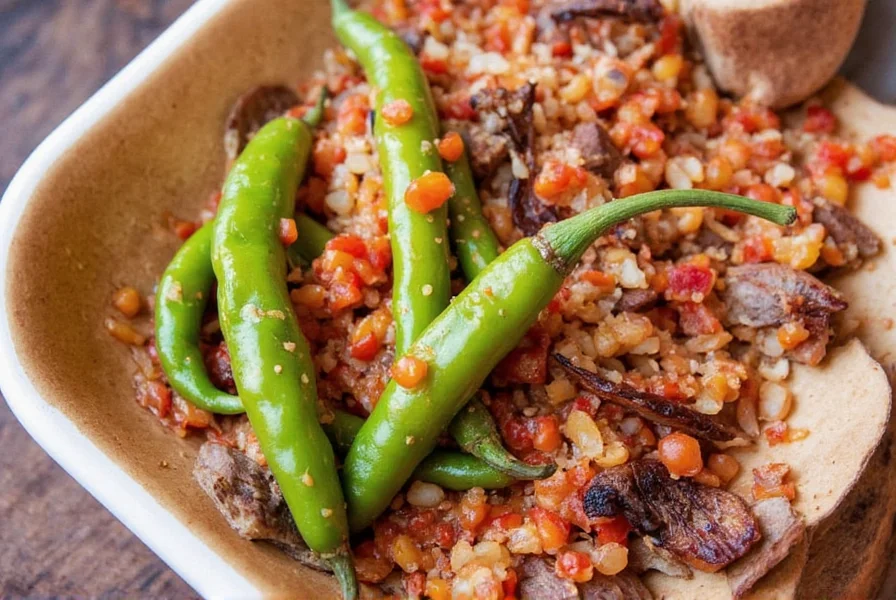
Whether you're new to Mexican cooking or a seasoned chef, mastering these two chiles will elevate your dishes with authentic flavor and balanced heat. Happy cooking!

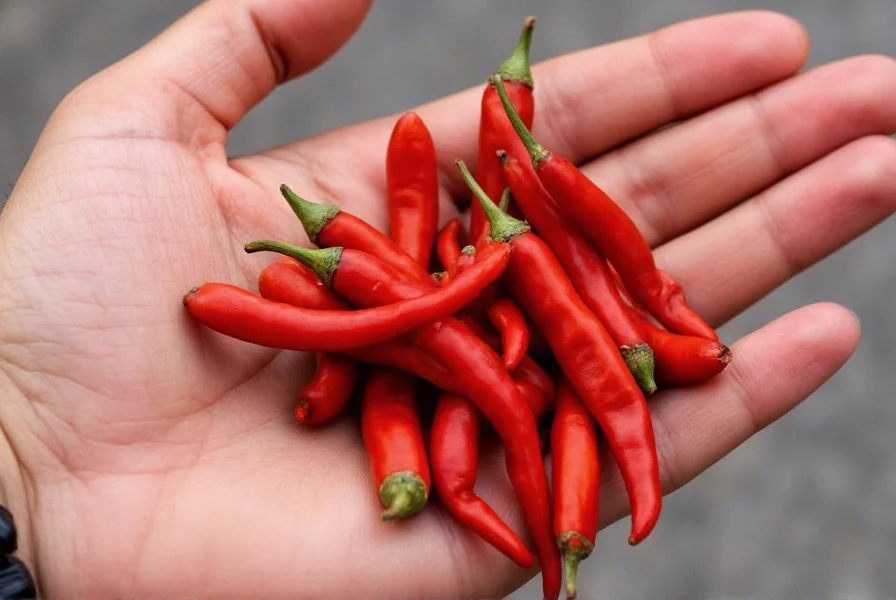









 浙公网安备
33010002000092号
浙公网安备
33010002000092号 浙B2-20120091-4
浙B2-20120091-4